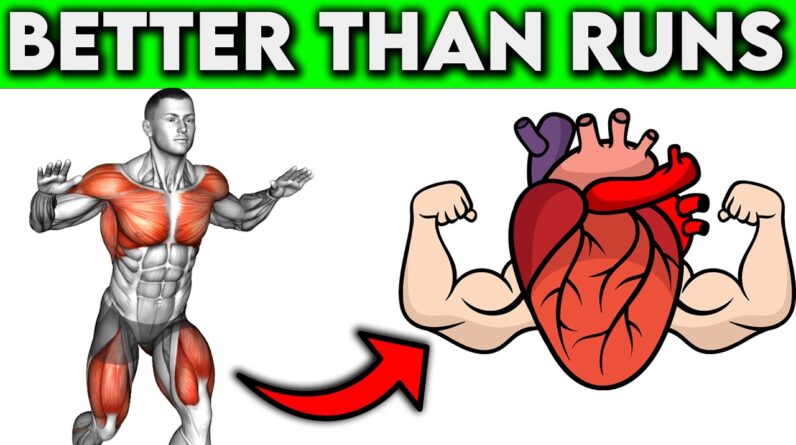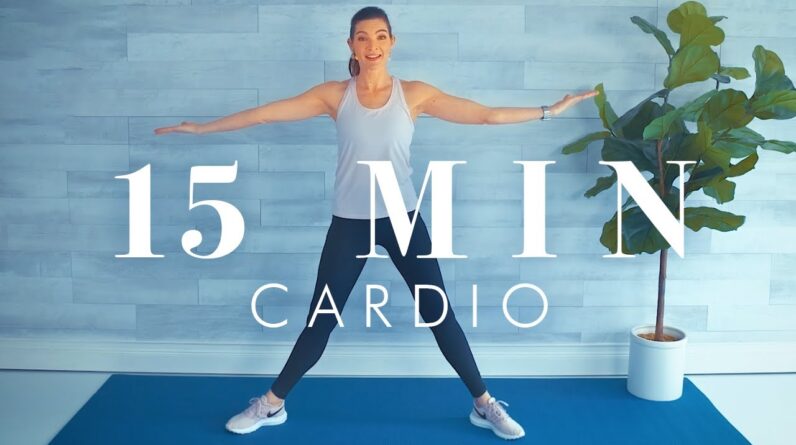
There are 3 elements of exercise: resistance training, versatility (really, it’s better suited to call it “mobility,” but that’s a subject for another blog on another day) and cardiorespiratory training. Resistance-training exercises assist enhance both muscle strength, which can elevate resting metabolic process (the variety of calories burned while at rest), and practical performance in a range of activities. Versatility or mobility workouts can decrease muscle tension and enhance joint variety of motion, which are vital for improving total movement performance. And finally, cardiorespiratory training enhances the ability to both relocation oxygen and nutrients to working muscles and to eliminate metabolic waste, which allows muscles to continue to perform a particular activity. Everyone starting a workout program will have a special objective, but each objective requires a different level of focus on each of these components.
A well-designed workout program consists of all 3 elements. Nevertheless, if a client wants to enhance definition and/or physical function, for instance, you would focus his/her program on strength training. Similarly, if a customer’s objectives are to enhance movement and movement efficiency, you would concentrate on flexibility. And if your client is taking part in a race or wants to lose weight, you would emphasize cardiorespiratory training. Cardiorespiratory training can improve the body’s ability to metabolize fats and carbs into fuel, both with and without oxygen. While cardio training is most often connected with weight loss, it is likewise the best way to improve aerobic capability, which is the ability to use oxygen to sustain workout activity.
During low- to moderate-intensity workout, muscles count on energy from a mix of oxygen and the substrates of carbohydrates (in the kind of glycogen), and fats (called complimentary fatty acids). The more oxygen that can be taken in, the more physical work an individual will have the ability to do. And, since the body burns about 5 calories of energy to take in 1 liter of oxygen, increasing aerobic capacity can help the body become more efficient at utilizing oxygen. This, in turn, assists burn calories, which an important element of weight reduction.
Despite what your clients’ fitness goals may be, improving aerobic capacity can help move them closer to reaching them. For strength-related objectives, enhancing aerobic capacity can improve blood, oxygen and nutrient flow to working muscles and aid with recovery between sets of resistance-training exercises. Improving the circulation of blood to muscles can also help enhance versatility. For weight-loss or endurance-training objectives, enhancing aerobic capability is important for accomplishing them.
Here are 8 things to consider when structuring your clients’ programs to maximize the advantages of improved aerobic capability:
- Throughout workout, oxygen intake can be measured one of 2 ways: (1) at maximal levels of effort (during a medically monitored stress test) to recognize optimum aerobic capacity or VO2max, or (2) by means of absolute terms, the amount of oxygen taken in per minute of workout. Each measurement is specific to your current level of fitness, however it is very important to comprehend that aerobic capability is a relative measurement. This suggests that a larger individual with more muscle mass will consume more oxygen at the exact same intensity than a smaller person.
- Increasing aerobic capability can help improve the flow of oxygenated blood to muscle tissue, which, in turn, can enhance mitochondrial density. Mitochondria are the organelles of a muscle cell that utilize oxygen to help produce adenosine triphosphate (ATP), which is the actual fuel that supplies muscle contractions. Improving mitochondrial density enhances a muscle’s capability to use oxygen, while also improving the general health and function of the cells.
- High-intensity interval training (HIIT) is not only efficient for burning calories, however it can likewise assist improve aerobic capability. At greater strengths, the body will utilize ATP from anaerobic sources, but will rely on aerobic metabolic process throughout the lower-intensity healing intervals to assist replace the energy invested throughout the high-intensity work durations. The disadvantage is that while HIIT works, too much of it might trigger overtraining. For finest results, restrict your customers to no more than 3 HIIT workouts per week.
- Low-intensity constant state (LISS) training, likewise referred to as long slow distance (LSD) training, is the capability to keep a constant work-rate over an extended time period. LISS relies on aerobic energy pathways for energy and can provide fuel muscle activity for extended durations like endurance races. Compared to HIIT, LISS is a lower-stress way to improve aerobic capacity, but it is not as reliable for burning calories (for a particular comparison in between HIIT and LISS, click here). The benefit, nevertheless, is that LIIS can be performed nearly every day, especially for those who can stroll or ride a bike to work.
- Cross training, promoted in the late 1980s by two-sport experience Bo Jackson, describes doing various activities or modes of workout on various days to accomplish a specific physical fitness goal. Carrying out a LISS run on one day followed by a HIIT cycling class followed by a circuit-training exercise on the 3rd day is an excellent example of how to periodize a workout to improve general aerobic capability.
- Another method is to do cross training in the very same workout session. For instance, have the customer perform 10 minutes of steady-state walking on a slope on a treadmill, 10 minutes of HIIT periods (30 seconds at high intensity/30 seconds at low intensity) on a stationary bike, 10 minutes of steady-state training on a rowing ergometer, and finish up with 10 minutes of circuit resistance training. Separating an exercise into brief bouts of exercise on different tools can help challenge the muscles to work differently on each tool. This, in turn, can help enhance aerobic capability while decreasing the danger of overuse injuries from doing too much of the same workout.
- Dance classes, also described as hi-lo aerobics, are another excellent method to enhance aerobic capability while having a good time. There is a reason that programs like Zumba are so popular– they assist improve aerobic capability, but in a format that looks like an enjoyable celebration instead of a strenuous workout.
- As discussed previously, muscle is a metabolically active tissue, which suggests that it can use oxygen for fuel throughout exercise and at rest. A pound of muscle burns about 5 calories or so in a 24-hour duration; for that reason, adding 5 pounds of muscle can help improve resting metabolism by roughly 25 calories per day, which is the comparable to walking a quarter mile (four hundred meters) without the effort. This is where strength training comes in to support cardio goals– including muscles suggests the body can become a more efficient oxygen-consuming maker.
End up being a professional in creating programs for post-rehabilitative clients recuperating from cardiovascular, pulmonary, metabolic and musculoskeletal conditions; recognizing postural imbalances; and implementing programs that can prevent and manage disease with ACE’s Medical Workout Specialist Accreditation.








